Exploring the Versatility of Standoff Screws
Standoff screws are specialized fasteners that play a pivotal role in various applications, from mounting signs to securing electronic components. These unique screws are designed to hold parts at a predetermined distance from each other, providing both stability and aesthetic appeal.
Types and Materials
Standoff screws come in an array of types, including male-female, female-female, and male-male configurations, catering to diverse mounting needs. The materials used in their construction, such as stainless steel, brass, and nylon, are selected for their durability, corrosion resistance, and electrical insulation properties. Stainless steel standoffs are particularly valued for their strength and resistance to environmental factors, making them suitable for both indoor and outdoor applications.
Applications and Uses
The application of standoff screws extends across industries. In electronics, they are crucial for mounting circuit boards, ensuring proper airflow and preventing short circuits. In signage, they provide a clean and floating appearance, enhancing visual impact. The adaptability of these screws also sees them employed in architectural designs, where they contribute to the aesthetics and functionality of installations.
Features and Advantages
One of the standout features of standoff screws is their ability to provide secure fastening while maintaining a gap between surfaces. This spacing is essential for preventing moisture buildup and allows for easy cleaning and maintenance. The threaded design ensures a firm hold, making them a reliable choice for various fastening tasks. Moreover, their ease of installation and removal adds to their practicality, especially in scenarios where adjustments or replacements are anticipated.
Selection Considerations
When selecting the appropriate standoff screw, it is important to consider the environment in which it will be used, the weight of the materials to be held, and the aesthetic requirements of the project. Factors such as thread size, length, and material are critical to ensure compatibility and performance. For specialized applications, non-conductive or non-magnetic standoffs may be required to meet specific technical demands.
Conclusion
In conclusion, standoff screws are an essential component in various fastening scenarios, offering both functional and aesthetic benefits. Their diverse types, materials, and applications make them a versatile choice for professionals across industries. While exploring the extensive range of standoff screws, it is crucial to assess the specific needs of your project to ensure optimal selection and use.

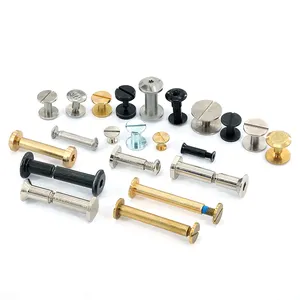



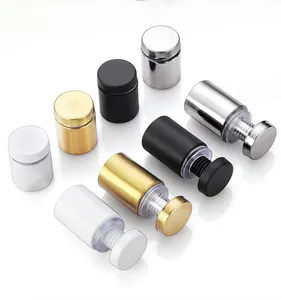



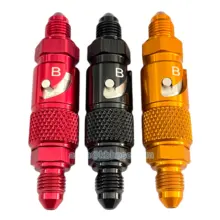
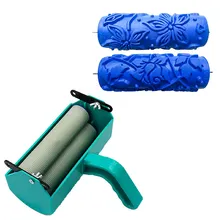
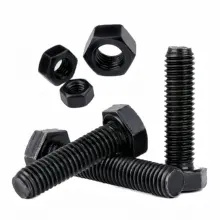
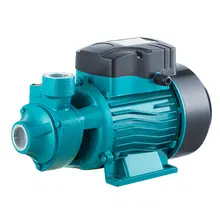
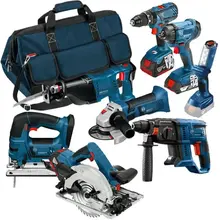


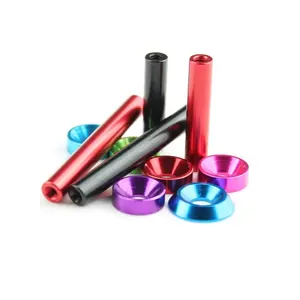


























 浙公网安备 33010002000092号
浙公网安备 33010002000092号 浙B2-20120091-4
浙B2-20120091-4